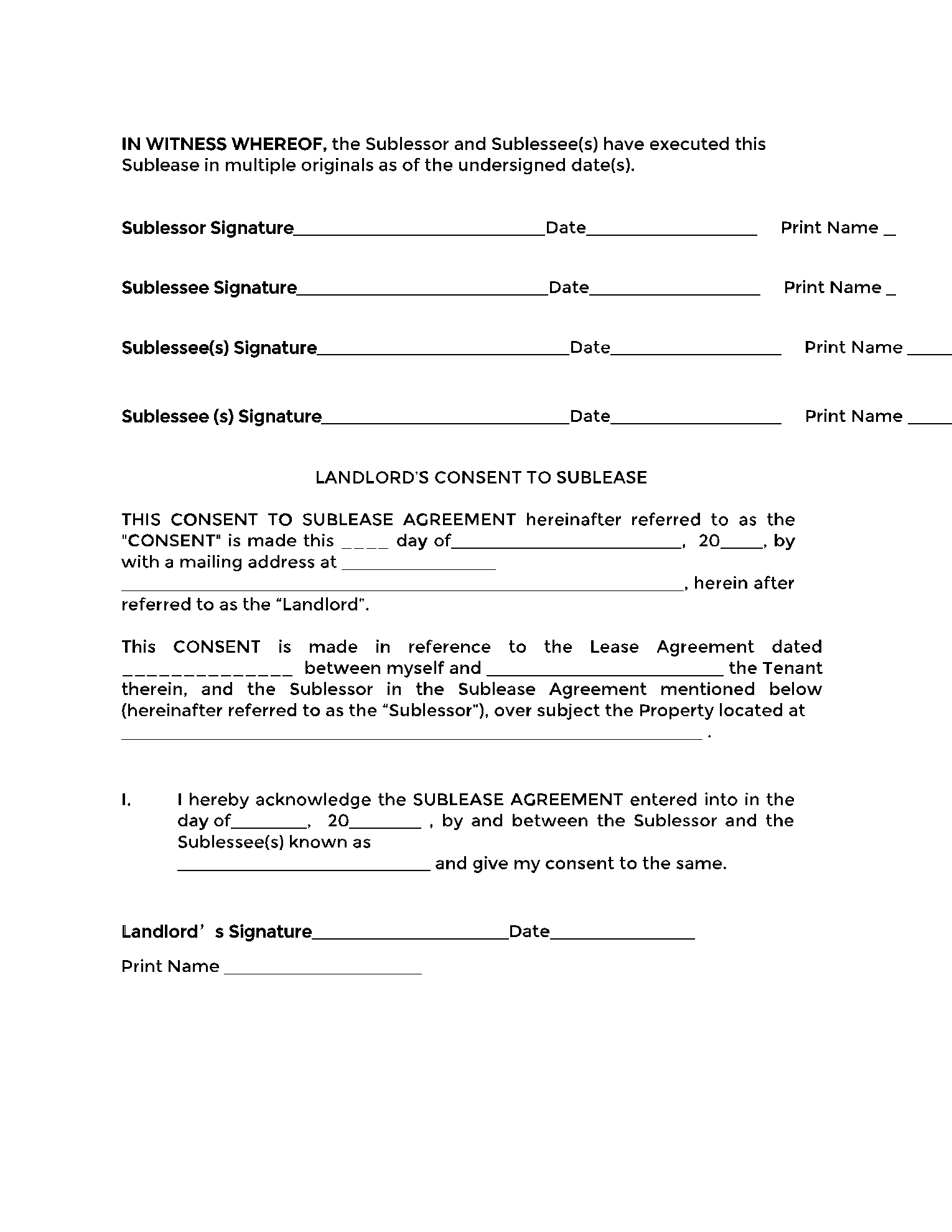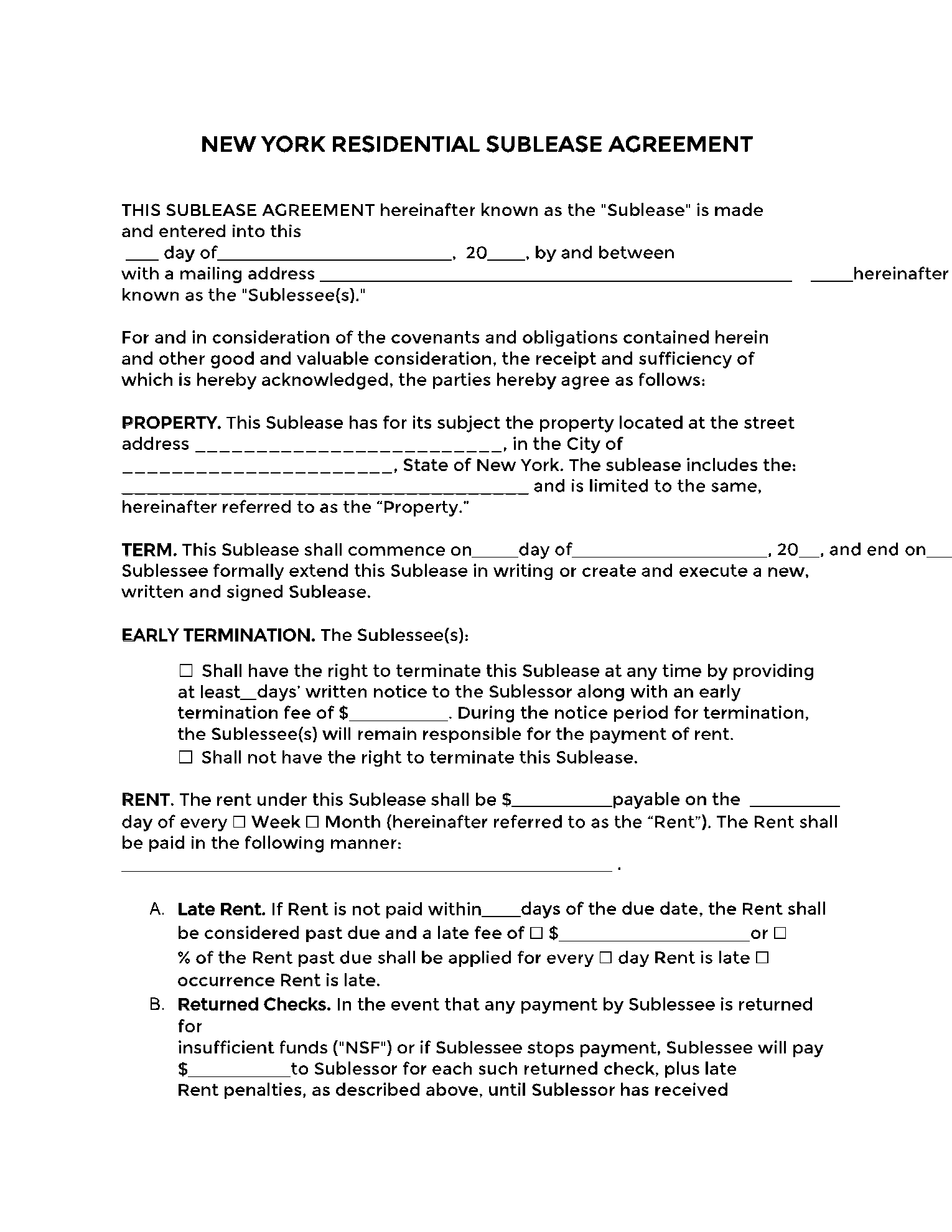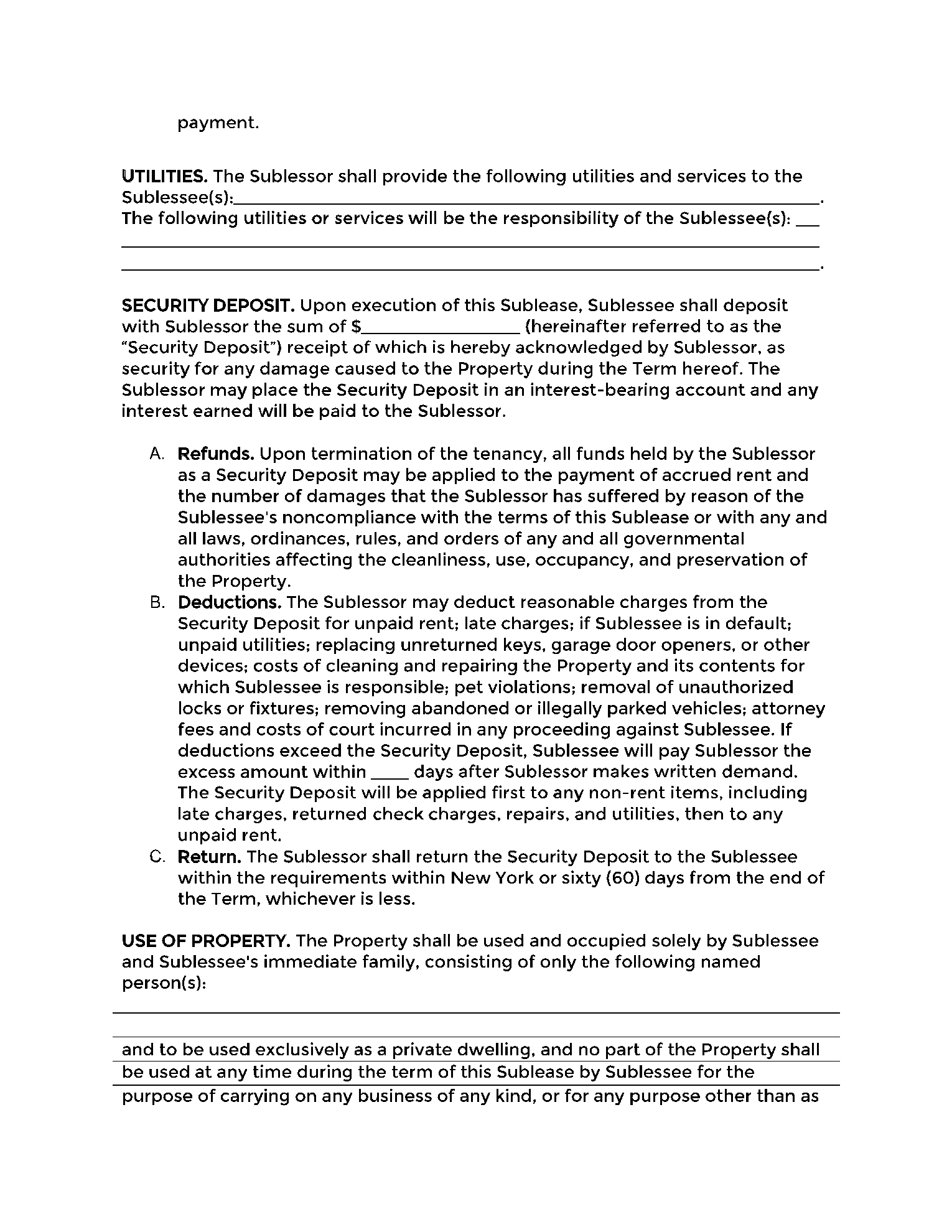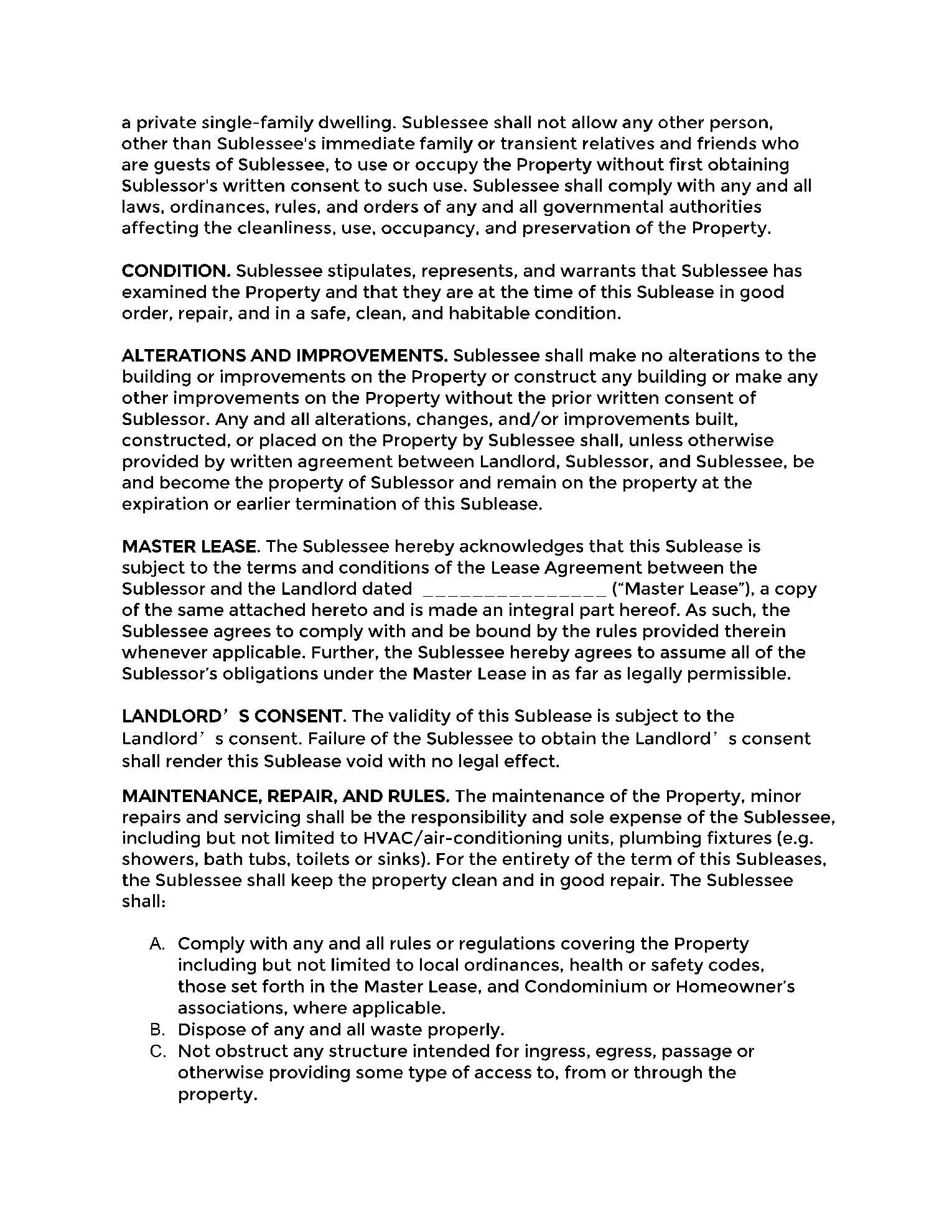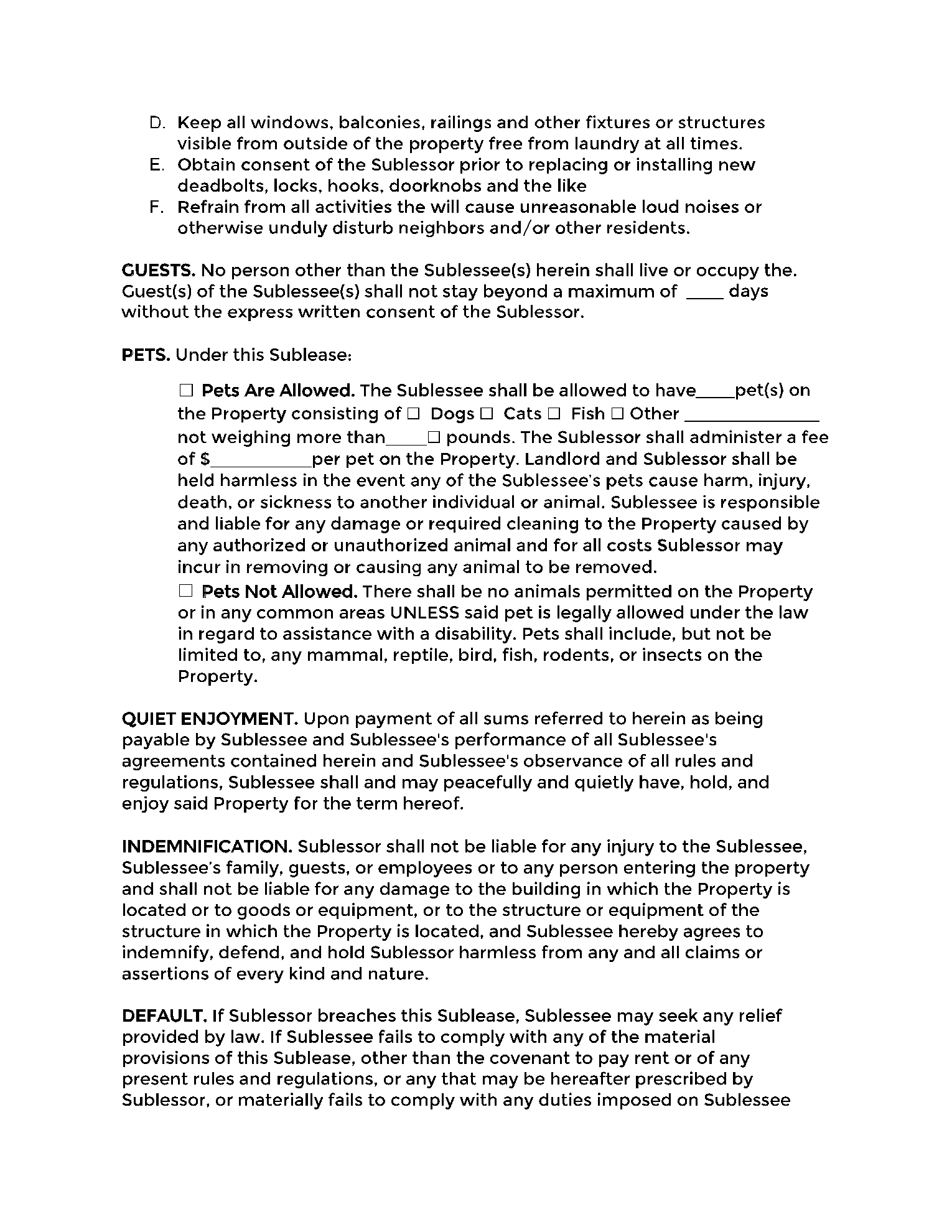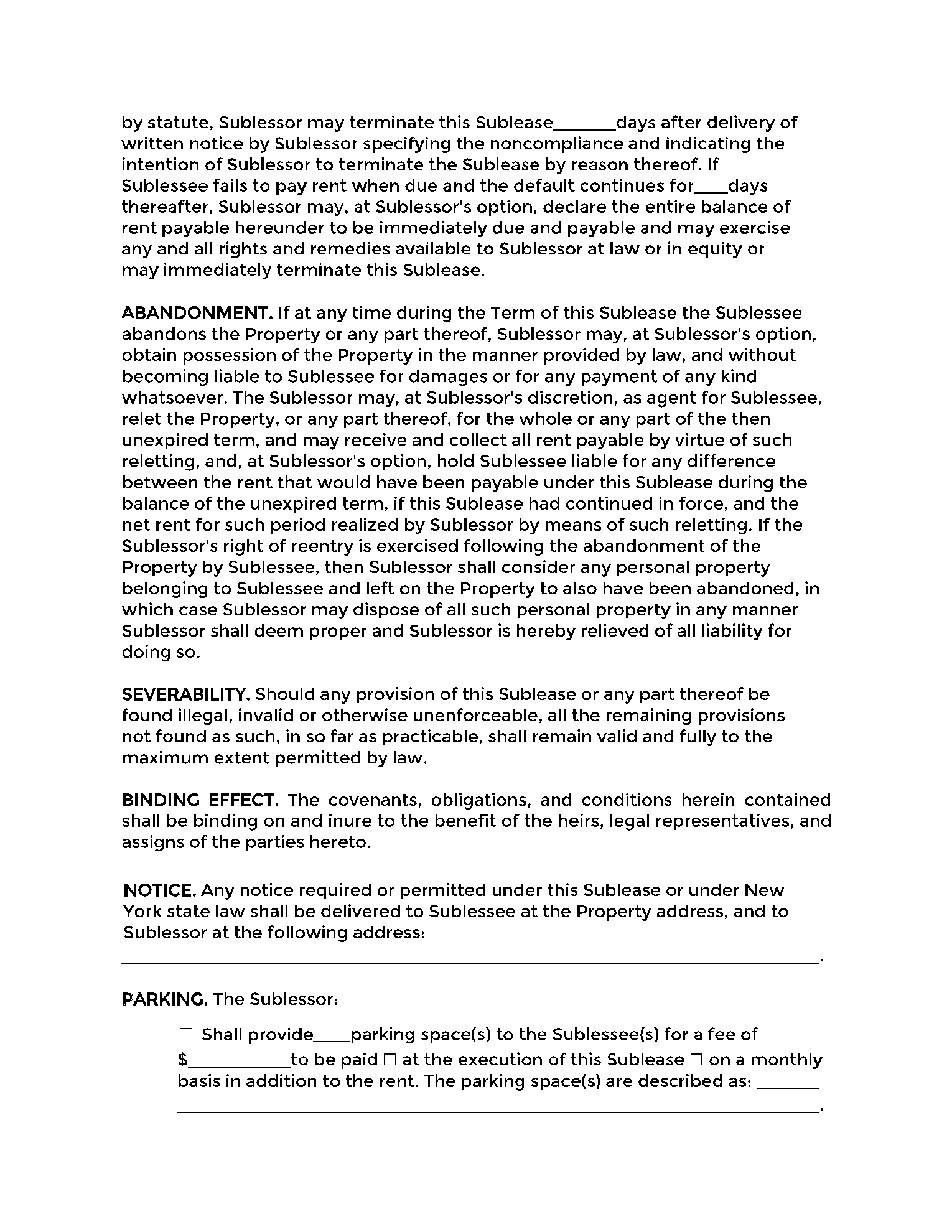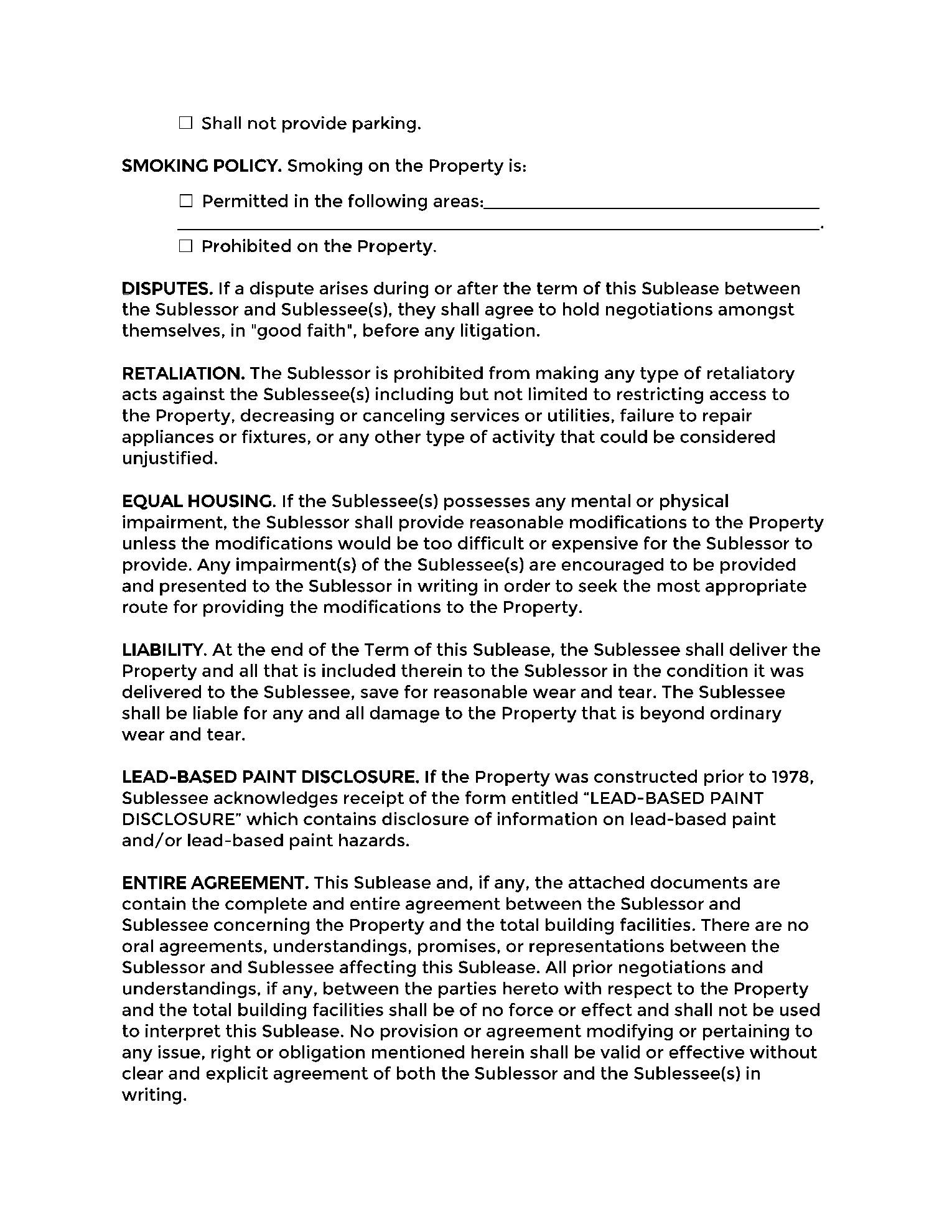Are you on the lookout for property rentals in New York? Are you unfamiliar with the laws regarding subleasing agreements? If that’s the case, please give the following article a thorough reading to eradicate all your doubts and misconceptions.
Moreover, if you are looking for a well-written template for a New York sublease agreement, you can get one from CocoSign.
What Is a New York Sublease Agreement?
The New York sublease agreement allows tenants to rent out their rented property/a portion of it to someone else. The NYC sublease agreement works in favor of the tenants who hold the original lease agreement. It allows them to evacuate the property at an earlier date (permanently or temporarily).
The agreement also works well for those tenants who prefer a helping hand with the rent each month. The NYC sublease form makes sure that the primary tenant is responsible for the new tenant. However, it is important to notify the landlord with updates regarding the new tenants.
Moreover, in some cases, the tenant must seek the landlord’s permission before subletting the property. There are certain important disclosures that the primary tenant must share with the secondary tenant. This includes disclosure about the lead-based paints used in the property to rent.
What Is Included in a New York Sublease Agreement?
A conventional New York state sublease agreement includes the names of both the individuals that sign the sublease contract.
- The Location of the Property: The property’s address must appear clearly on the sublease form. Additionally, a complete list of all the terms and conditions should also be present in the lease document.
- The Monthly Rental Payment: The sublease agreement should clearly mention the exact amount of rent due on the secondary tenant monthly. In addition to the rent payment, the document must state the method of payment the primary tenant/the landlord prefers.
- Utilities of the Rental Unit: While signing the sublease agreement, both parties must discuss whether the original tenant will continue the payments for the utilities. Either the landlord can pay for them or the sublessee can be responsible to pay for the utilities.
- Additional Documents & Requirements: It is necessary to attach a copy of the original lease with the New York state sublease agreement form. Both of the involved parties must provide signatures along with the consent of the landlord. Also, the document must clearly state an accurate date of the signing as well.
How to Legally Sublease Your New York Apartment?
All tenants who have chosen to sublease their apartments must abide by strict laws. First and foremost, they must obtain permission to sublease their apartment from their landlord. The tenant must send an application to the landlord in writing through a verified postal service.
The application must include the following information:
- The precise date when the NYC sublease contract comes into effect and the precise date it ceases to operate.
- The name of the potential subtenant. It should be the same as that present on their legal documents.
- The business address and the current home address of the potential subtenant.
- The primary tenant’s reason for subletting their apartment.
- The tenant’s residential address for the duration of the sublease agreement.
- Written consent by a co-tenant.
- A copy of the standard sublease agreement with signatures of both parties along with a copy of the original lease.
Subletting Laws in New York
New York is extremely popular for being tenant-friendly. Even if the original lease prohibits the tenant from subletting their apartment, the state laws permit them to do so. All tenants must abide by the terms and conditions.
Which apartments are allowed for subleasing?
All tenants can sublease their apartments legally with the exception of those who own single-family homes. People who wish to lease apartments with less than four units can also not sublease their property.
How long can tenants sublease their apartments?
Tenants can only sublease their apartments if they agree to return to the property unit someday. It is crucial to differentiate between two types of tenants:
- A tenant who wishes to temporarily lease the apartment.
- A tenant who wishes to assign their lease to someone else.
When can you expect to hear back from your landlord?
Once a tenant submits their application, the landlord usually has 10 days to request any additional information. If the landlord doesn’t respond to the tenant’s request within 30 days, the tenant must consider this as silent consent. This allows him/her to proceed with the proposed new york sublease agreement.
However, if the landlord chooses to respond, then he must do so in writing. If a landlord denies the tenant’s request for subletting their apartment, it is compulsory for them to give a reason.
Is it possible to challenge a landlord’s denial of a standard sublease agreement?
While it is mandatory for the landlord to give a reason for denying a sublease application, the tenant can challenge it. Furthermore, the landlord can only reject the application if he has a good reason.
These apply to the suitability of the proposed subtenant rather than the flimsy whims and preferences of the landlord. For example, if the subtenant is unable to afford the rent of the apartment. The sublessor is ultimately responsible for paying the rent of the property unit, therefore, this claim is not important.
Is it possible for a tenant to evict a subtenant?
It is essential that both parties agree on all the terms and conditions before they sign the NYC sublease form. According to the agreement, the primary tenant reserves all rights to evict the subtenant if they wish to do so.
Conclusion
Now with all the knowledge of the New York sublease agreement, you can decide to get the contract template from CocoSign. CocoSign is always there to lend a helping hand by providing templates for various kinds of leasing and subleasing agreements.
